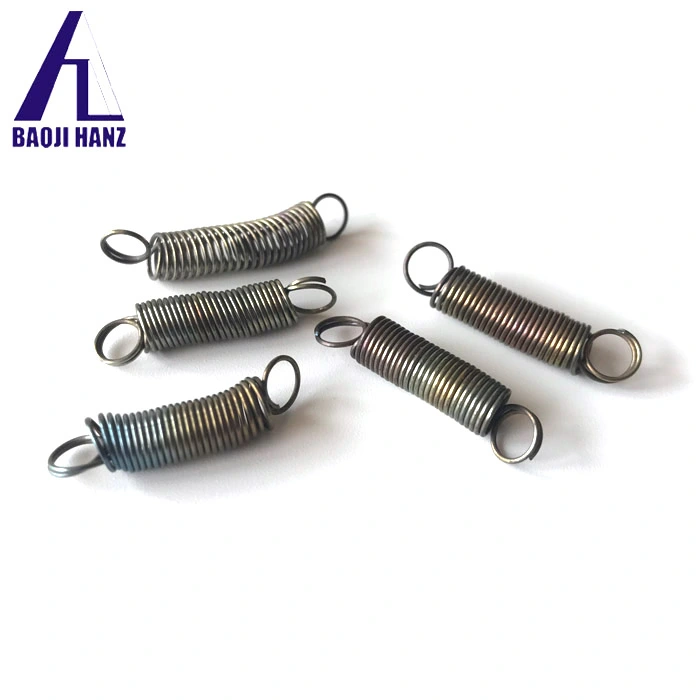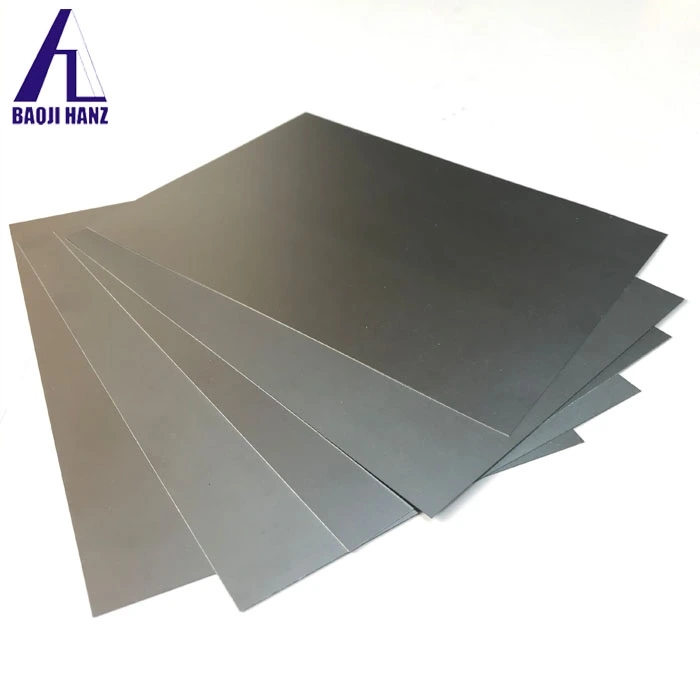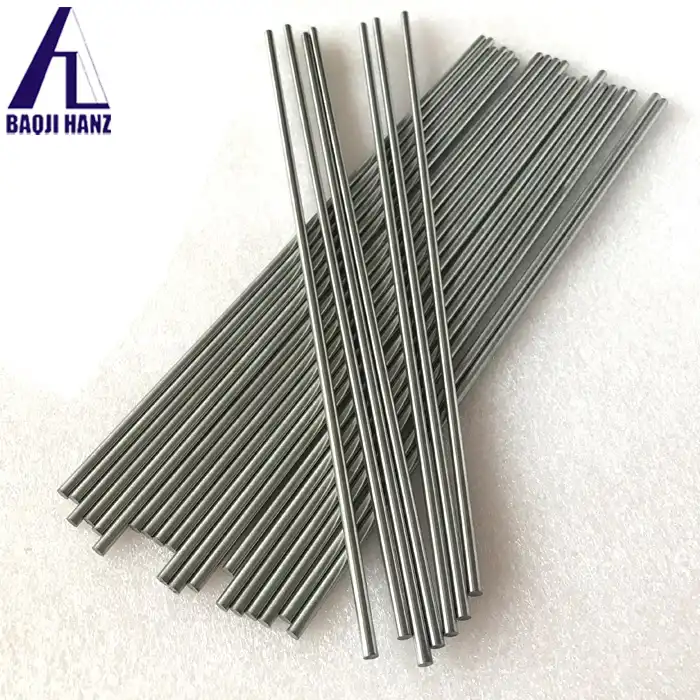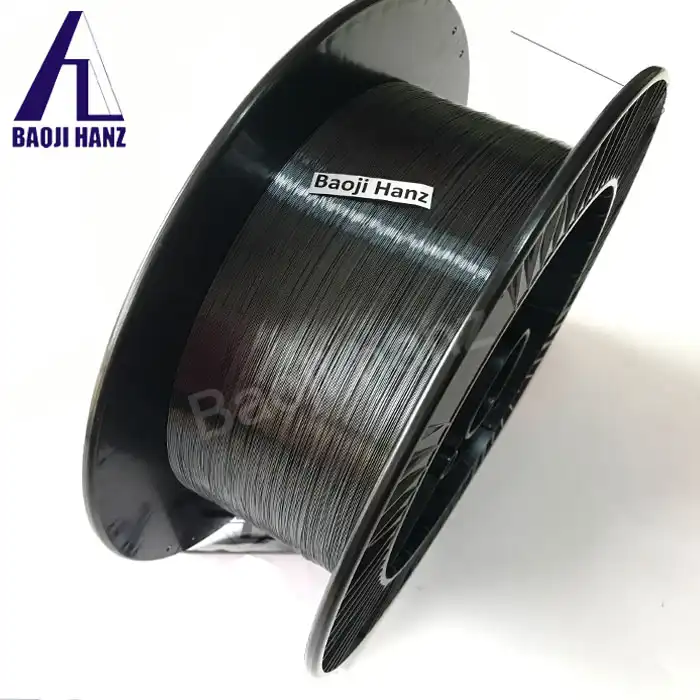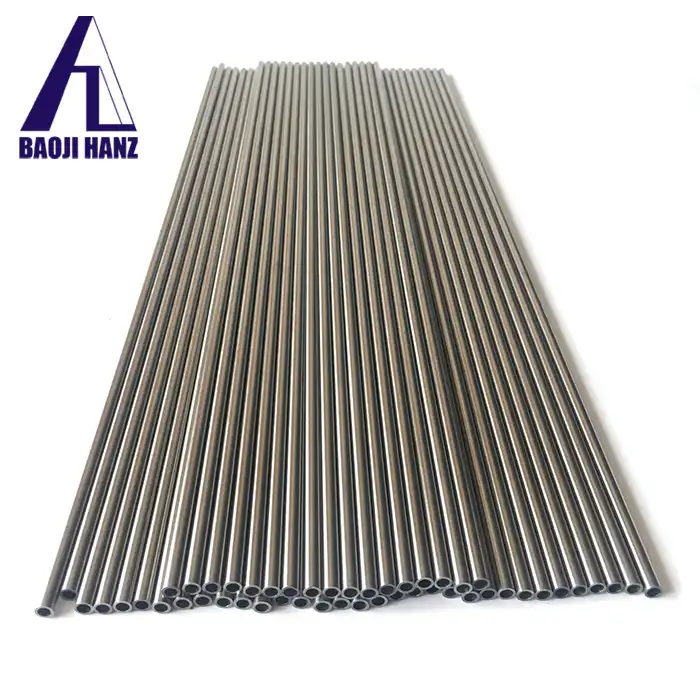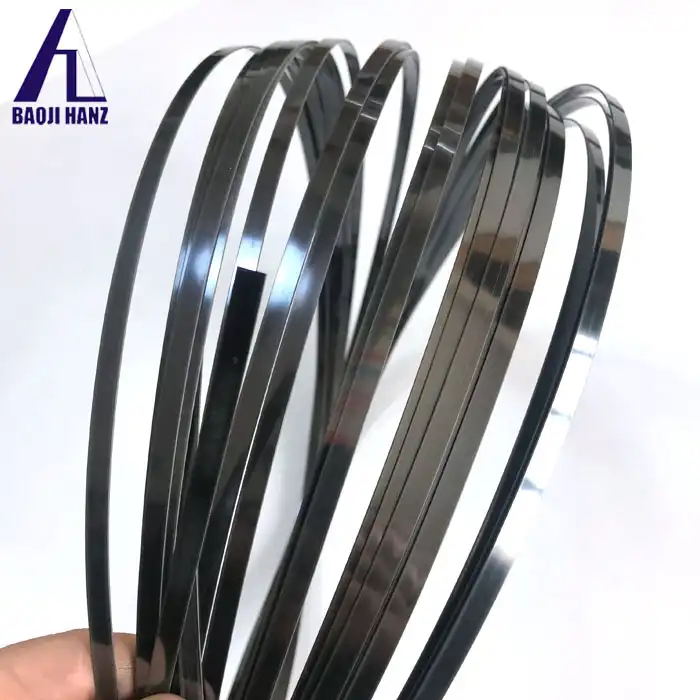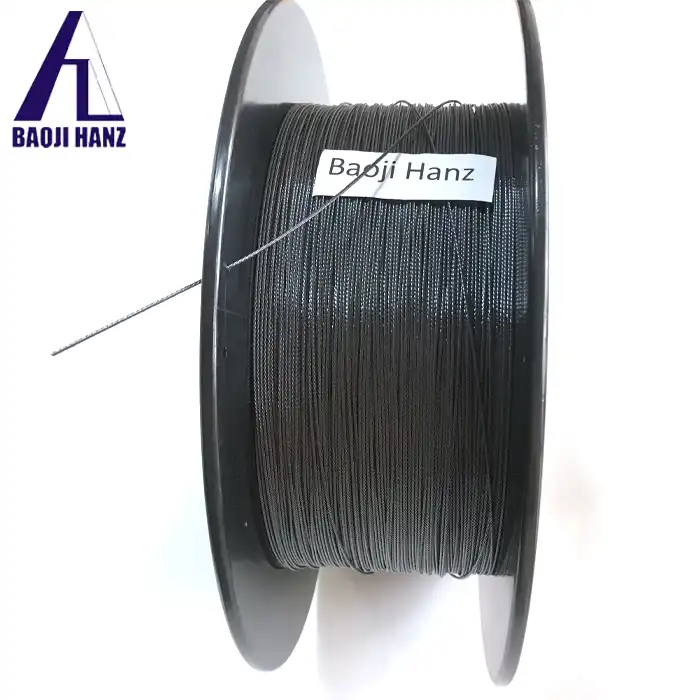Are there any limitations to using high tension Nitinol springs?
2025-02-21 23:51:41
High tension Nitinol springs have revolutionized various industries due to their unique shape memory and superelastic properties. These innovative springs, made from nickel-titanium alloy, offer exceptional performance in applications requiring high force and compact designs. However, like any advanced material, Nitinol springs come with their own set of limitations and considerations. This blog explores the potential constraints of using high tension Nitinol springs, delving into their material properties, design challenges, and operational boundaries. By understanding these limitations, engineers and designers can make informed decisions when incorporating Nitinol springs into their projects, ensuring optimal performance and longevity in diverse applications.
Material Properties and Their Impact on High Tension Nitinol Springs
Temperature Sensitivity and Phase Transformation
Nitinol's unique properties stem from its ability to undergo phase transformations between austenite and martensite. This transformation is temperature-dependent, which can pose challenges when using high tension Nitinol springs in environments with fluctuating temperatures. The transformation temperatures, known as Af (austenite finish) and Mf (martensite finish), dictate the spring's behavior. In high tension applications, temperature variations can lead to unexpected changes in spring force or displacement. Engineers must carefully consider the operational temperature range and design springs with appropriate transformation temperatures to maintain consistent performance.
Fatigue and Cyclic Loading Considerations
While Nitinol exhibits excellent fatigue resistance compared to conventional spring materials, high tension applications can still lead to fatigue-related issues. The cyclic loading experienced by Nitinol springs in demanding environments can result in microstructural changes over time. These changes may affect the spring's shape memory and superelastic properties, potentially leading to performance degradation. To mitigate this limitation, designers must conduct thorough fatigue testing and implement appropriate safety factors in their designs. Additionally, understanding the stress-strain behavior of Nitinol under high tension conditions is crucial for predicting long-term performance and reliability.
Corrosion Resistance and Environmental Factors
Nitinol generally possesses good corrosion resistance due to the formation of a protective titanium oxide layer on its surface. However, in high tension applications, this protective layer may be compromised, especially in aggressive environments. Chloride-rich atmospheres, high humidity, or exposure to certain chemicals can accelerate corrosion processes in Nitinol springs. This limitation necessitates careful material selection and surface treatment considerations. In some cases, additional protective coatings or environmental isolation measures may be required to ensure the longevity of high tension Nitinol springs in corrosive environments.
Design Challenges and Limitations in High Tension Nitinol Spring Applications
Geometric Constraints and Spring Design
Designing high tension Nitinol springs presents unique challenges due to the material's non-linear stress-strain behavior. Traditional spring design equations often fall short when applied to Nitinol, requiring specialized modeling and simulation techniques. The geometric constraints imposed by high tension applications can limit the available design options. For instance, achieving high forces in compact spaces may necessitate unconventional spring geometries or multi-spring arrangements. Engineers must balance the desired force output with practical manufacturing limitations and the need for consistent performance across the spring's operational range.
Manufacturing Complexities and Tolerances
The production of high tension Nitinol springs demands precise manufacturing processes to ensure consistent material properties and geometric accuracy. Tight tolerances are essential for achieving the desired force characteristics and maintaining reliable performance. However, the unique properties of Nitinol can make traditional manufacturing methods challenging. Heat treatment processes, crucial for setting the spring's shape and properties, require careful control to avoid unintended alterations to the material's behavior. Additionally, machining and forming Nitinol can be more complex compared to conventional spring materials, potentially limiting the achievable geometries or increasing production costs.
Cost Considerations and Material Availability
One significant limitation of high tension Nitinol springs is their cost compared to traditional spring materials. The raw material cost of Nitinol is considerably higher than that of steel or other common spring alloys. This cost factor can be a barrier to adoption in price-sensitive applications or large-scale production. Furthermore, the availability of high-quality Nitinol in specific grades or dimensions suitable for high tension spring applications may be limited. This constraint can impact lead times and design flexibility, requiring engineers to consider alternative materials or design approaches in some cases. Balancing the unique benefits of Nitinol against its cost and availability limitations is crucial for successful implementation in high tension spring applications.
Operational Boundaries and Performance Limitations of High Tension Nitinol Springs
Maximum Stress and Strain Thresholds
High tension Nitinol springs operate under significant stress and strain conditions, pushing the material to its limits. While Nitinol exhibits remarkable elasticity, there are upper bounds to the stress and strain it can withstand before permanent deformation or failure occurs. These thresholds are influenced by factors such as alloy composition, heat treatment, and operating temperature. Exceeding these limits can lead to a loss of shape memory properties or mechanical failure. Engineers must carefully analyze the stress-strain behavior of Nitinol under high tension conditions and implement appropriate safety margins to ensure reliable long-term performance. Advanced modeling techniques and experimental validation are often necessary to accurately predict the behavior of Nitinol springs at their operational boundaries.
Hysteresis and Energy Dissipation
One unique characteristic of Nitinol springs, particularly in high tension applications, is their pronounced hysteresis behavior. This property, while beneficial in some applications for damping and energy absorption, can pose limitations in others. The hysteresis loop represents energy dissipation during loading and unloading cycles, which can lead to heat generation and potential temperature-induced property changes. In precision applications requiring exact force-displacement relationships, the hysteresis effect may introduce unwanted variability or reduced efficiency. Designers must account for this behavior when specifying high tension Nitinol springs, potentially implementing compensation strategies or considering alternative materials for applications where minimal hysteresis is critical.
Long-term Stability and Aging Effects
The long-term stability of high tension Nitinol springs is a critical consideration, especially in applications requiring sustained performance over extended periods. While Nitinol exhibits excellent resistance to permanent deformation, prolonged exposure to high stresses and elevated temperatures can lead to microstructural changes. These changes may manifest as shifts in transformation temperatures, alterations in force characteristics, or gradual loss of shape memory properties. The phenomenon known as "functional fatigue" can result in a gradual degradation of performance over time. To mitigate these limitations, engineers must conduct extensive long-term testing under simulated operating conditions and implement appropriate design margins. In some cases, periodic recalibration or replacement strategies may be necessary to maintain optimal performance in critical high tension applications.
Conclusion
High tension Nitinol springs offer remarkable capabilities, but their use comes with specific limitations that require careful consideration. By understanding these constraints in material properties, design challenges, and operational boundaries, engineers can effectively harness the potential of Nitinol while mitigating its limitations. Continued research and development in Nitinol alloy formulations and processing techniques promise to expand the boundaries of what's possible with these innovative springs. If you want to get more information about this product, you can contact us at baojihanz-niti@hanztech.cn.
Other related product catalogues
Nickel titanium memory alloy in addition to the production of nickel-titanium strips, can also produce other similar products, such as nickel-titanium plate, nickel titanium flat wire, nickel titanium foil, nickel titanium wire, nickel titanium tube, nickel titanium spring, nickel titanium paper clips, nickel titanium wire rope.
|
|
|
|
|
|
|
|
References
1. Duerig, T. W., & Pelton, A. R. (2019). Nitinol: The material and its applications. Materials Science Forum, 965, 1-11.
2. Mohd Jani, J., Leary, M., Subic, A., & Gibson, M. A. (2014). A review of shape memory alloy research, applications and opportunities. Materials & Design, 56, 1078-1113.
3. Rao, A., Srinivasa, A. R., & Reddy, J. N. (2015). Design of shape memory alloy (SMA) actuators. Springer International Publishing.
4. Ölander, A. (1932). An electrochemical investigation of solid cadmium-gold alloys. Journal of the American Chemical Society, 54(10), 3819-3833.
5. Miyazaki, S., & Otsuka, K. (1989). Development of shape memory alloys. ISIJ International, 29(5), 353-377.
6. Sun, L., Huang, W. M., Ding, Z., Zhao, Y., Wang, C. C., Purnawali, H., & Tang, C. (2012). Stimulus-responsive shape memory materials: A review. Materials & Design, 33, 577-640.
